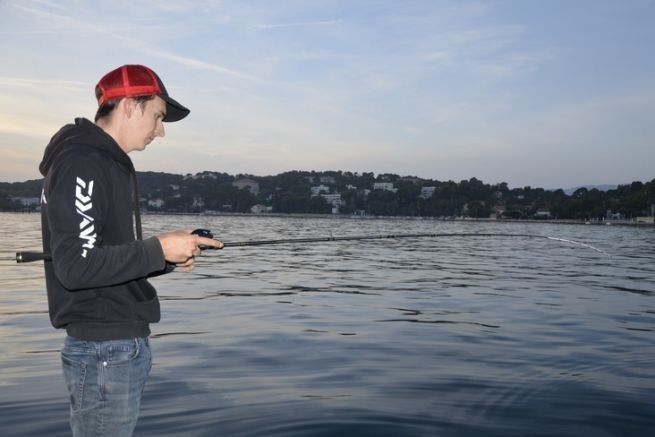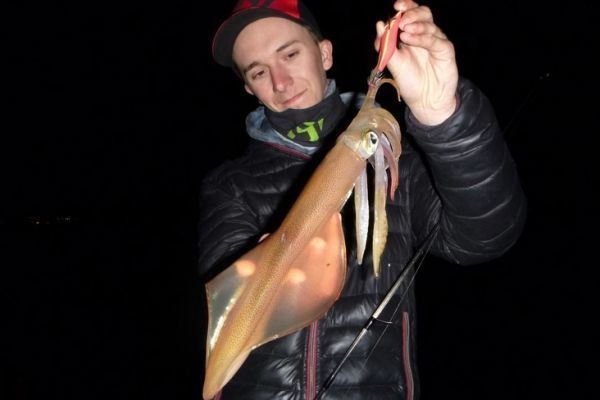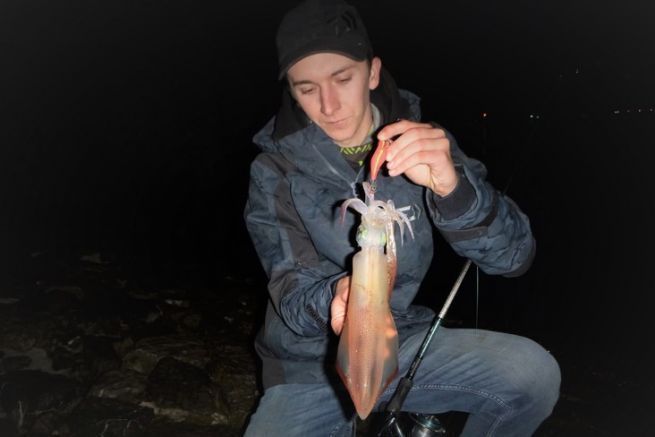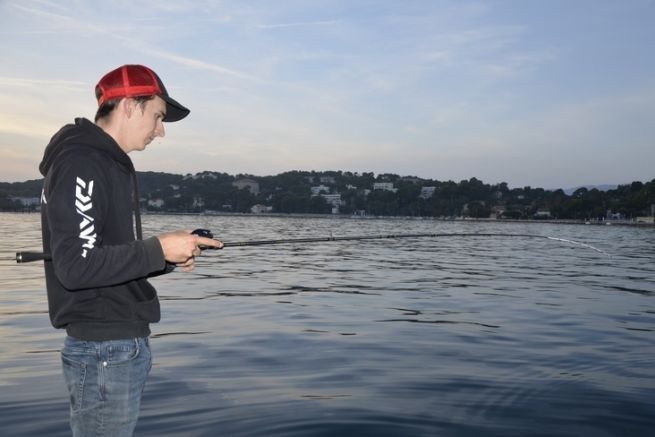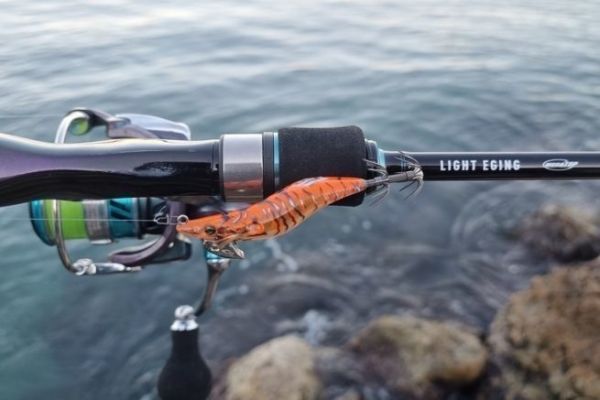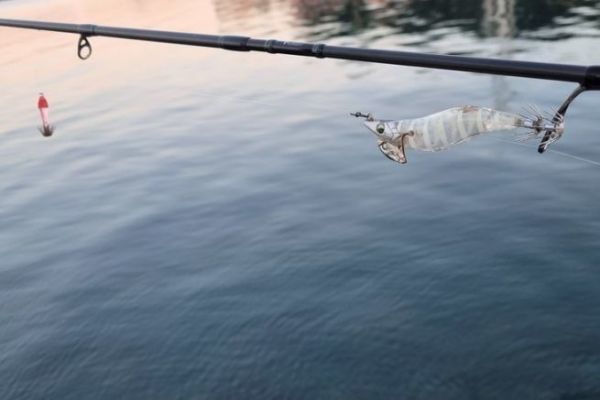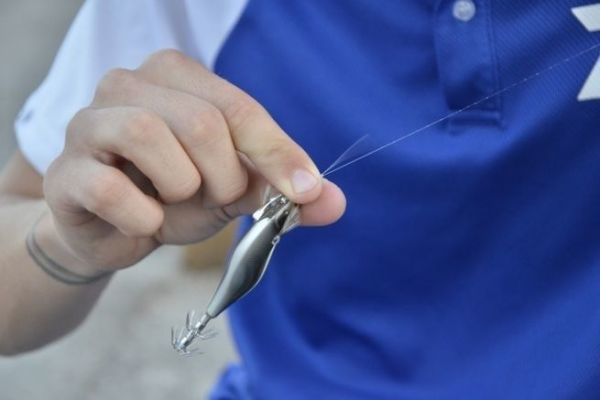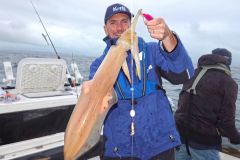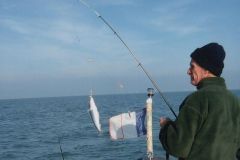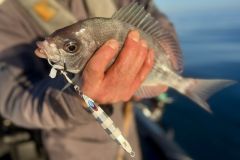An original technique
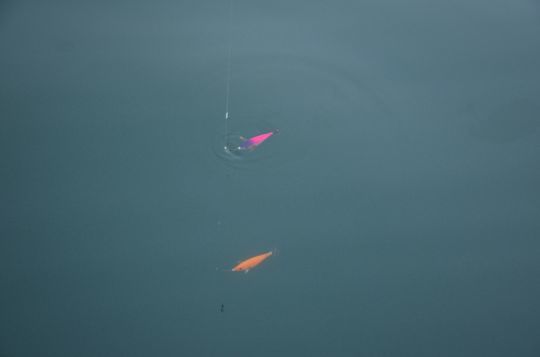
Straight from Japan, this type of cephalopod fishing, mainly for squid, is done from a boat. It's done drifting, armed with multi-stack rigs on which two, three or even four jigs are hooked. You can adapt the length of the rigs, the model and size of jigs to increase your chances of finding what works best.
The animation is simple: once you've made contact with the bottom, all you have to do is give a large number of short taps with the scion to make the jigs rise and fall frantically. This animation allows the squid to spot our rig and then attack it when we pause. Of course, squid don't always stick to the bottom, so we need to vary the depths at which we perform our animation.
Choosing jigs for tataki fishing
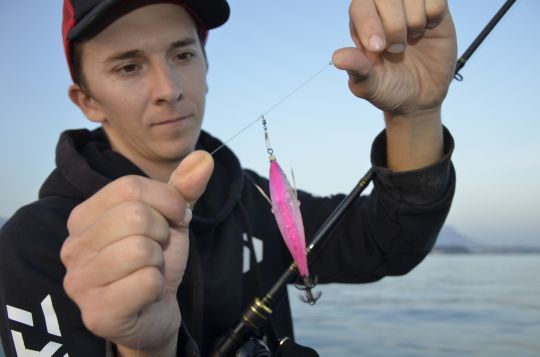
Thanks to our multi-stack rig, we can diversify the jigs we use. The size to choose depends mainly on what the squid are feeding on, sometimes small anchovies, sometimes larger fish. Different sizes are available, from 2 to over 10 cm, to suit the situation.
Color is also important, and can be natural or flashy, phosphorescent or not. Natural colors work well during the day and in shallow water, while orange and pink colors are a must at night. Some of the most effective jigs have beads, as do hard lures, which react easily to animation and attract squid from a distance.
Note that the best jigs on the market remain perfectly horizontal once in the water, a very important factor for better presentation and therefore more bites.
Areas suitable for tataki
Tataki can be practised in many places and depths, you just need to know the basics of moving squid.
In the middle of the day, you'll want to look for deep, sandy areas, 50 to 100 m deep. In daylight, squid move quickly and can be difficult to locate if you don't already know a few spots.
When the light fades as night approaches, schools of squid head up the drop-offs towards shallow areas in search of easy prey. This is a very good time to find them as they pass between 50 and 30 m depth. However, this period lasts only a short time, since at night, the shoals generally gather at depths of 0 to 25 meters and sometimes stay there all night, before leaving again in the early hours of the morning.

 /
/ 